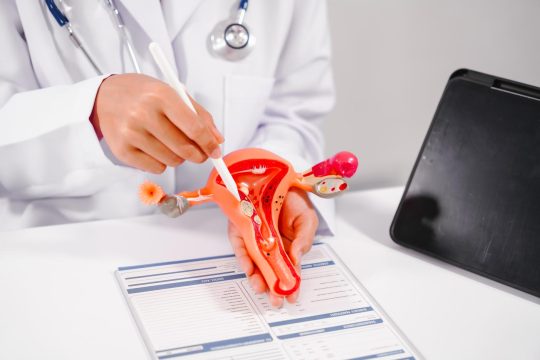Advertisment
Dreading pain can be worse than pain itself

Faced with inevitable pain, most people choose to “get it out of the way” as soon as possible, according to research published this week in PLOS Computational Biology. In the study, participants chose between real painful stimuli in the form of electric shocks, and imagined painful dental appointments occurring at different times in the future. Whilst most people chose to hasten the experience of pain, and would even accept more severe pain to avoid having to wait for it, a smaller proportion preferred to “put it off” into the future.
The anticipation of pain is a major source of misery. People who suffer from long-standing painful conditions report that the dread of worsening future pain can be more disabling than the pain itself. The general phenomenon is typically referred to as ‘negative time preference’. The research team, led by Dr Giles Story, sought to better understand the fundamental processes by which people anticipate pain, with the hope of providing new insight into these conditions.
The researchers propose that the dread of pain increases as the predicted time of pain approaches. They demonstrate that if people focus only on the approaching pain itself, they will choose to defer pain into the future if possible, to reduce their immediate dread. By contrast, if people also take into account the dread they may experience in waiting for a painful event, the prospective unpleasantness of a prolonged period of dread may even exceed the unpleasantness of the pain itself. The researchers show that, in such cases, the prospect of pain becomes more unpleasant the more the pain is delayed, and people will therefore choose to expedite unavoidable pain.
The authors conclude that, “Further research is required to uncover the constitutive mechanisms of dread”. For clinicians and health policy makers, a greater understanding of these mechanisms could inform the way in which potentially painful investigations and treatments are practised.
###
Financial disclosure: This work was supported by the Wellcome Trust [Ray Dolan Senior Investigator Award 098362/Z/12/Z]. The Wellcome Trust Centre for Neuroimaging is supported by core funding from the Wellcome Trust 091593/Z/10/Z. The funders had no role in study design, data collection and analysis, decision to publish, or preparation of the manuscript.
Competing interests: The authors have declared that no competing interests exist.
Citation: Story GW, Vlaev I, Seymour B, Winston JS, Darzi A, et al. (2013) Dread and the Disvalue of Future Pain. PLoS Comput Biol 9(11): e1003335. doi:10.1371/journal.pcbi.1003335
Contact: Dr. Giles Story
g.story@ucl.ac.uk





